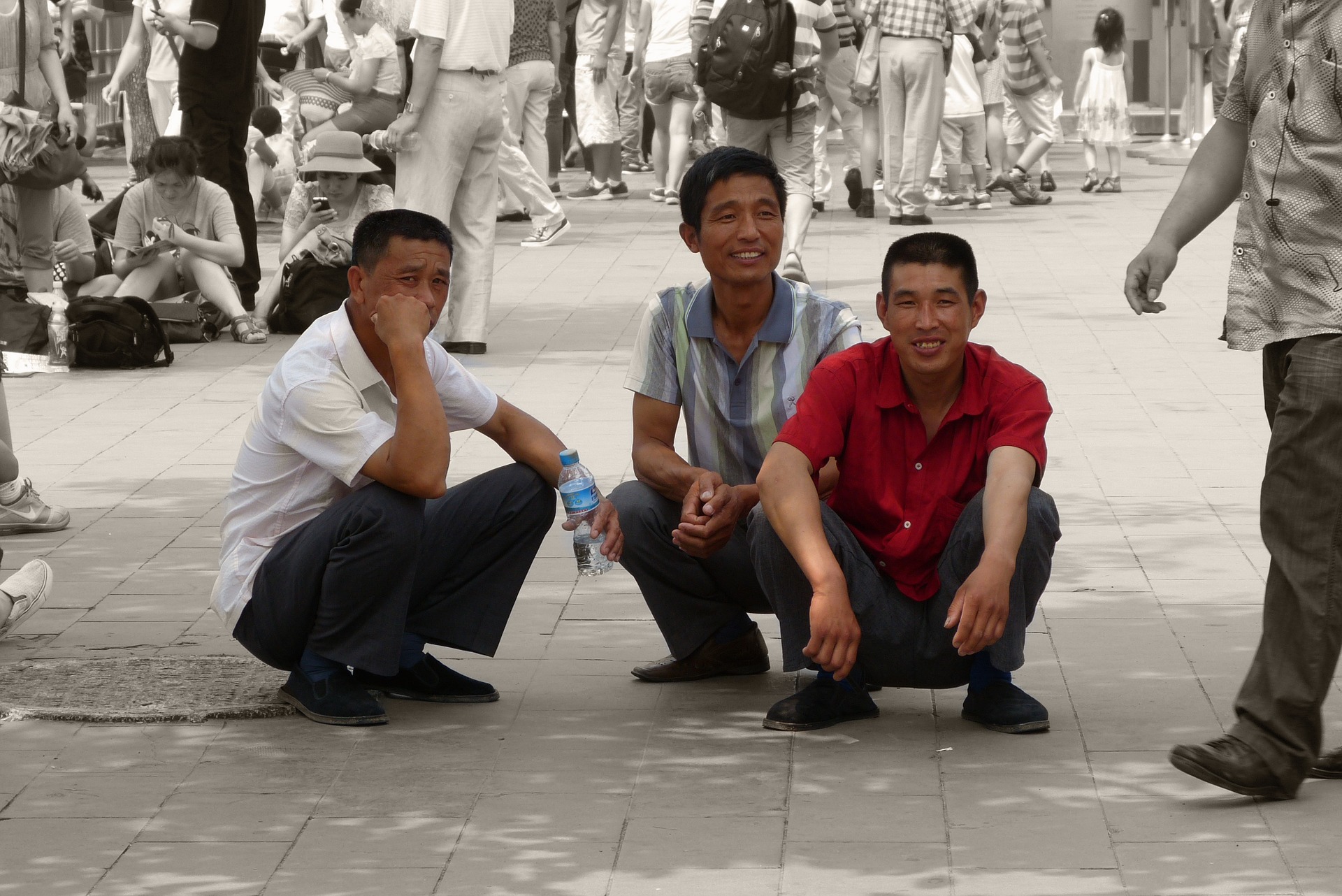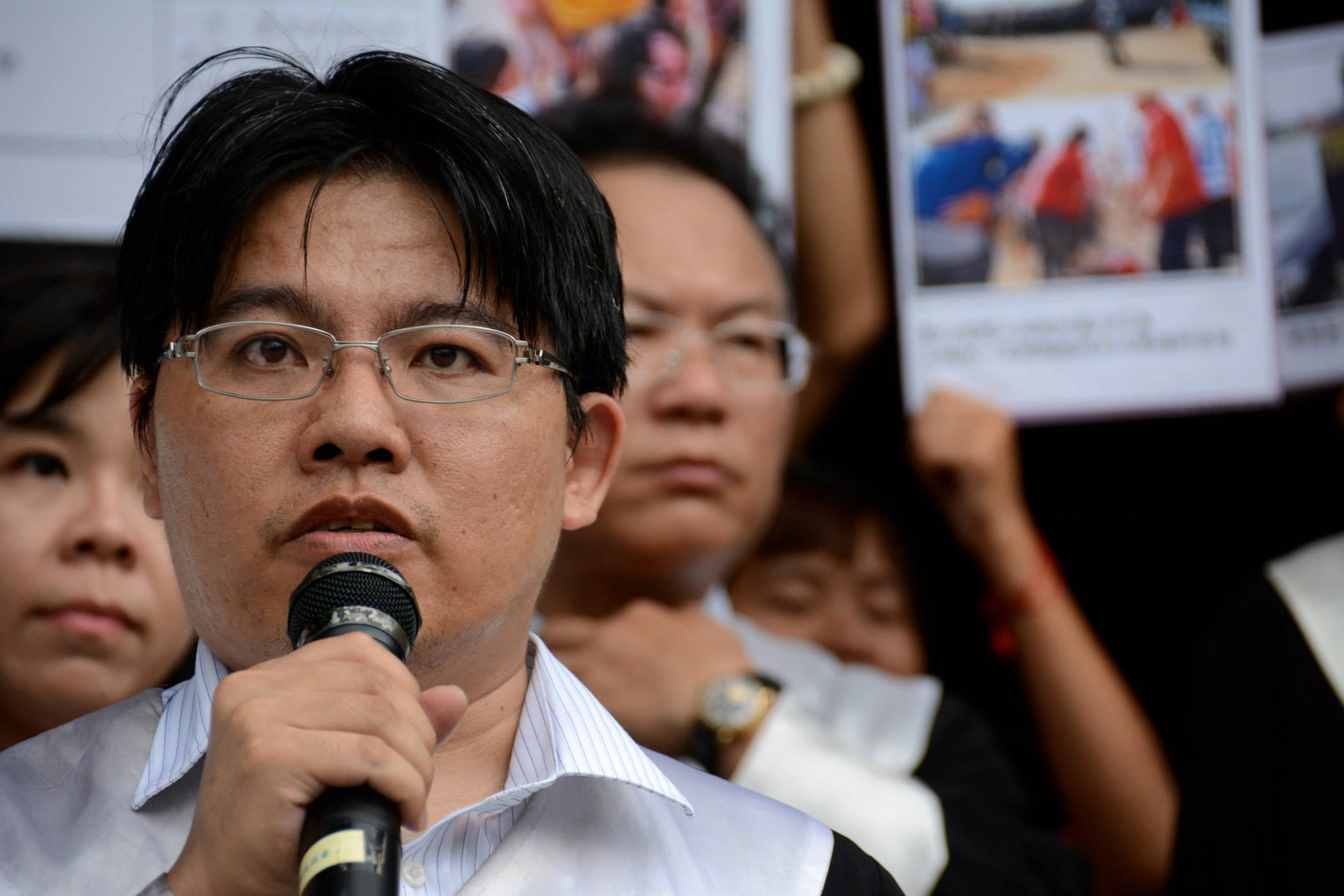The world of academia needs to recognize the importance of Taiwan Studies, a field which has been gaining momentum in recent years.
In 2009, Murray Rubinstein opened the Sixth Annual Conference of the European Association of Taiwan Studies (EATS) in Madrid with a keynote speech somewhat forlornly titled “Is Taiwan Studies Dead?” The debate and discussion that ensued reinvigorated his optimism in this small but tenacious field of study. Questions surrounding the field persist to this day. The debate over the field’s marginality continues, due in part to the growing allure of Chinese studies. Taiwan studies is persistently compartmentalized as a sub-field of this, and this is incorrect. Yet what the field lacks in quantity is definitely compensated for by its quality. The dignification of this is represented in the 34 carefully chosen chapters in the wonderfully compiled Routledge Handbook of Contemporary Taiwan.
Drawing on a wealth of experience, Gunter Schubert’s volume is thematically divided into six parts. Part one, political history, explores the important historical markers that have influenced how scholars of Taiwan interpret specific contexts within the contemporary period. Ann Heylen’s chapter on the late Ming and Qing period sets about outlining the historiography. It draws on source material that seeks to understand how the history of Taiwan is something in and of itself. This is then followed by Chou Wen-yao’s carefully crafted chapter that, like Heylen’s, shows how the modern — post war — political history of Taiwan has shaped how specific periods within its past are contextualized. For Chou, the understanding of the Japanese colonial period (1895-1945) shifted from being a political taboo to a “hot field of studies” (p. 23). Moreover, through an understanding of resistance movements and the intellectuals that fought within them, one can begin to see the beginnings of an identity that is richly informed by a sense of space. The foundations of a modern, contemporary Taiwan were thus embedded within political discourse and resistance taking place in the past. This resistance continued into the post-war period that once again saw Taiwan occupied by a colonial-like power.
The world of academia needs to recognize the importance of this field of study. It needs to open positions for Taiwan-related teaching to offset the “serious bottleneck [of] emerging scholars who have chosen Taiwan as their focus of interest.”
Tom Gold’s chapter on the retrocession and Kuomintang (KMT) authoritarianism follows a similar survey of the scholarship on the period. He identifies how the writing of Taiwan shifted from the “emotionally charged English language books” (p. 37) that condemned the KMT’s behavior (George Kerr, 1965; Douglas Mendel, 1970; and Peng Ming-min, 1972) to monographs that sought to understand the political transitions on a macro-level (Hung-mao Tien, 1975) as well as on a micro-level (Jacobs, 1980). The relatively peaceful transition to democracy not only spurred a growth in the writings of Taiwan but began to situate Taiwan in the then-trendy discussions on “Third Wave Democracies.”
 The following chapter by Bruce Jacobs explores this in greater detail and gives an important context to the second part of the book, Government and Politics. The heavyweights of Taiwan studies in this section discuss the intricacies of the party system in Taiwan and the manner in which elections are performed. This section provides a useful reading list for those interested in Taiwan elections and in the notions of national identities that permeate within its society. Additionally, it provides a useful channel for the understanding of part three that explores Taiwan’s political economy. Joseph Wong’s chapter on Taiwan as a developmental state has an important methodology that can be used comparatively to understand the contemporary environment of the other “Asian Tigers” that underwent rapid industrialization from the mid-1950s to 1990s. The case of South Korea is particularly relevant here. Tse-Kang Leng’s chapter, which concludes the section, continues the discussion by raising important questions on the future of Taiwan’s economy. Leng argues that “Taiwanese firms must rely on themselves to adapt in the changing global economic environment” and that the “China factor plays a determinant role in Taiwan’s adjustments to globalisation” (p. 233). This “factor” goes beyond just the economy of Taiwan: It has percolating effects on the field of Taiwan studies and as such the discourses within the field has always been dominated by its politics and economics. In recent years, however, there has been a growing shift in this.
The following chapter by Bruce Jacobs explores this in greater detail and gives an important context to the second part of the book, Government and Politics. The heavyweights of Taiwan studies in this section discuss the intricacies of the party system in Taiwan and the manner in which elections are performed. This section provides a useful reading list for those interested in Taiwan elections and in the notions of national identities that permeate within its society. Additionally, it provides a useful channel for the understanding of part three that explores Taiwan’s political economy. Joseph Wong’s chapter on Taiwan as a developmental state has an important methodology that can be used comparatively to understand the contemporary environment of the other “Asian Tigers” that underwent rapid industrialization from the mid-1950s to 1990s. The case of South Korea is particularly relevant here. Tse-Kang Leng’s chapter, which concludes the section, continues the discussion by raising important questions on the future of Taiwan’s economy. Leng argues that “Taiwanese firms must rely on themselves to adapt in the changing global economic environment” and that the “China factor plays a determinant role in Taiwan’s adjustments to globalisation” (p. 233). This “factor” goes beyond just the economy of Taiwan: It has percolating effects on the field of Taiwan studies and as such the discourses within the field has always been dominated by its politics and economics. In recent years, however, there has been a growing shift in this.
Part four of this book is very much testament to this growing change. Titled Society and culture, this section explores the frequently marginalized aspects of area studies: the indigenous, labor, and women’s voices. The section ends on two important chapters that situate Taiwan literature and cinema as something in and of itself, rather than as part of a wider Sinosphere. An acknowledgment of this is important. How the fields of Taiwan and Chinese studies interact has consequences. It affects the interpretation of material and historical fact, but most importantly it sets about defining who is who and what is what. If we consider the two fields in a Venn-like diagram, the part where both meet is probably cross-strait relations. And this is the title of the fifth part of this volume.
The edited volume concludes with an interesting section that explores Taiwan’s international relations and security policies. The chapters have been carefully selected to explore the different theories that dominate the discipline.
Often in a book review, this part is dedicated to a discussion of what is missing. In this case, this is difficult, as Schubert has been meticulous. Each chapter has been carefully selected to provide both context and content. It is a survey of the state of the field for Taiwan studies. It demonstrates clearly its richness, and the quality of the scholars involved in the field makes one proud to be part of it. In years to come there will be scope to re-visit this volume, which could proudly serve as core text material on East Asian related courses. Anyone interested in wider Asia Pacific studies should read this.
What happens in Taiwan determines the balance of power in the region. To truly understand this, one must study Taiwan as a ding ansich. And thankfully, the state of Taiwan studies is not in decline — far from it. With the imminent arrival of the Journal of Taiwan Studies, it is hoped that the conditions of this field continue to be discussed, debated, and redefined. As to the future, I have to agree with Schubert: The world of academia needs to recognize the importance of this field of study. It needs to open positions for Taiwan-related teaching to offset the “serious bottleneck [of] emerging scholars who have chosen Taiwan as their focus of interest.” Because there are many of us.
Book Details
Routledge Handbook of Contemporary Taiwan
Edited by Gunter Schubert
Routledge (2016)
588 pages
Top photo courtesy of the Taiwan Tourism Bureau
You might also like
More from Book Reviews
Lawyer, Advocate, Activist: Chiu Hsien-chih’s Vision for Justice in Taiwan
In his book ‘Stand By You,’ human rights lawyer Chiu Hsien-chih examines major human rights cases, problems with Taiwan’s legal …
New Book of Tibetan Short Stories Challenges China Narrative
‘Old Demons, New Deities’ will resonate in Taiwan, a country that, like Tibet, is torn between the competing realities of …









